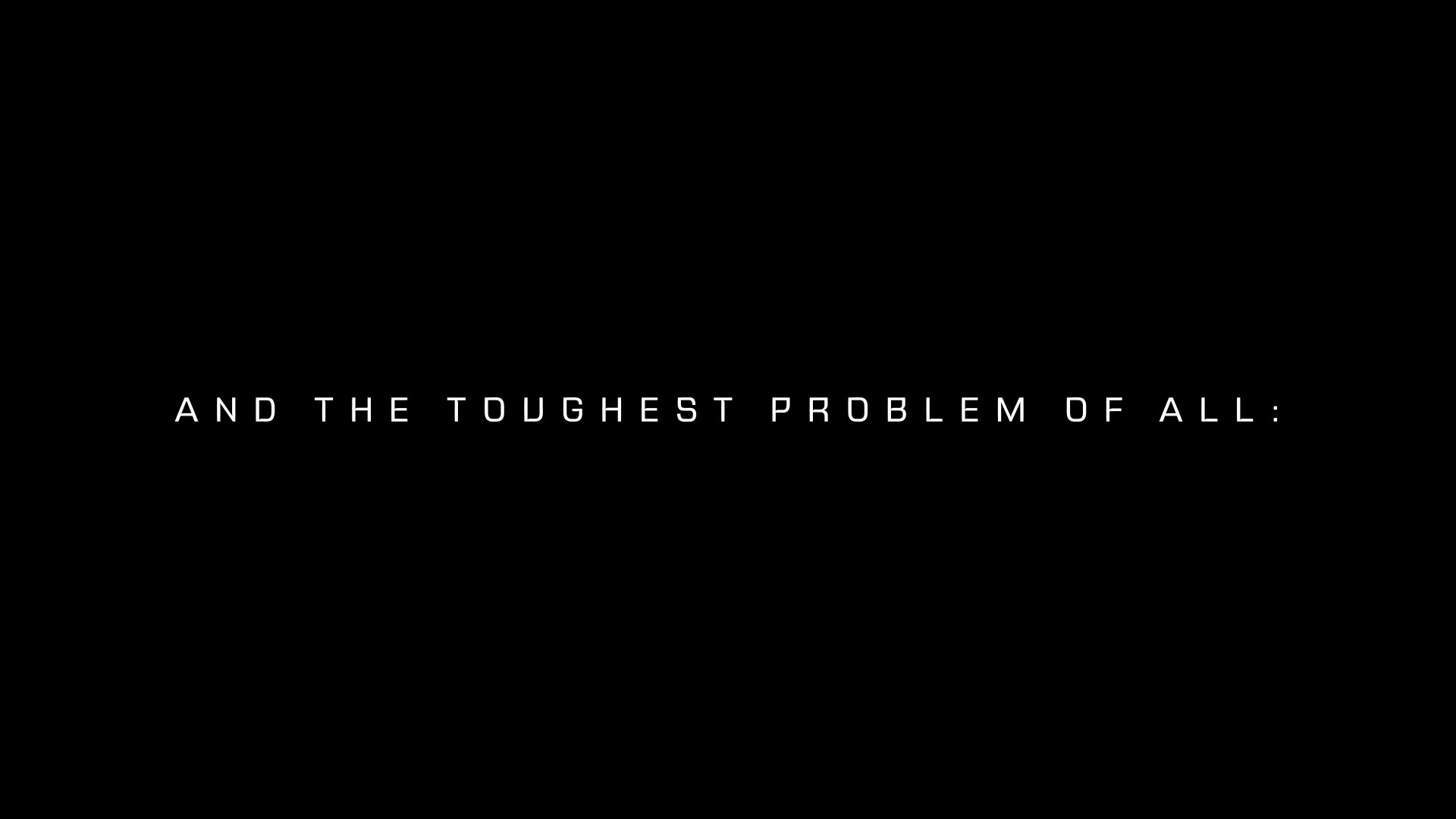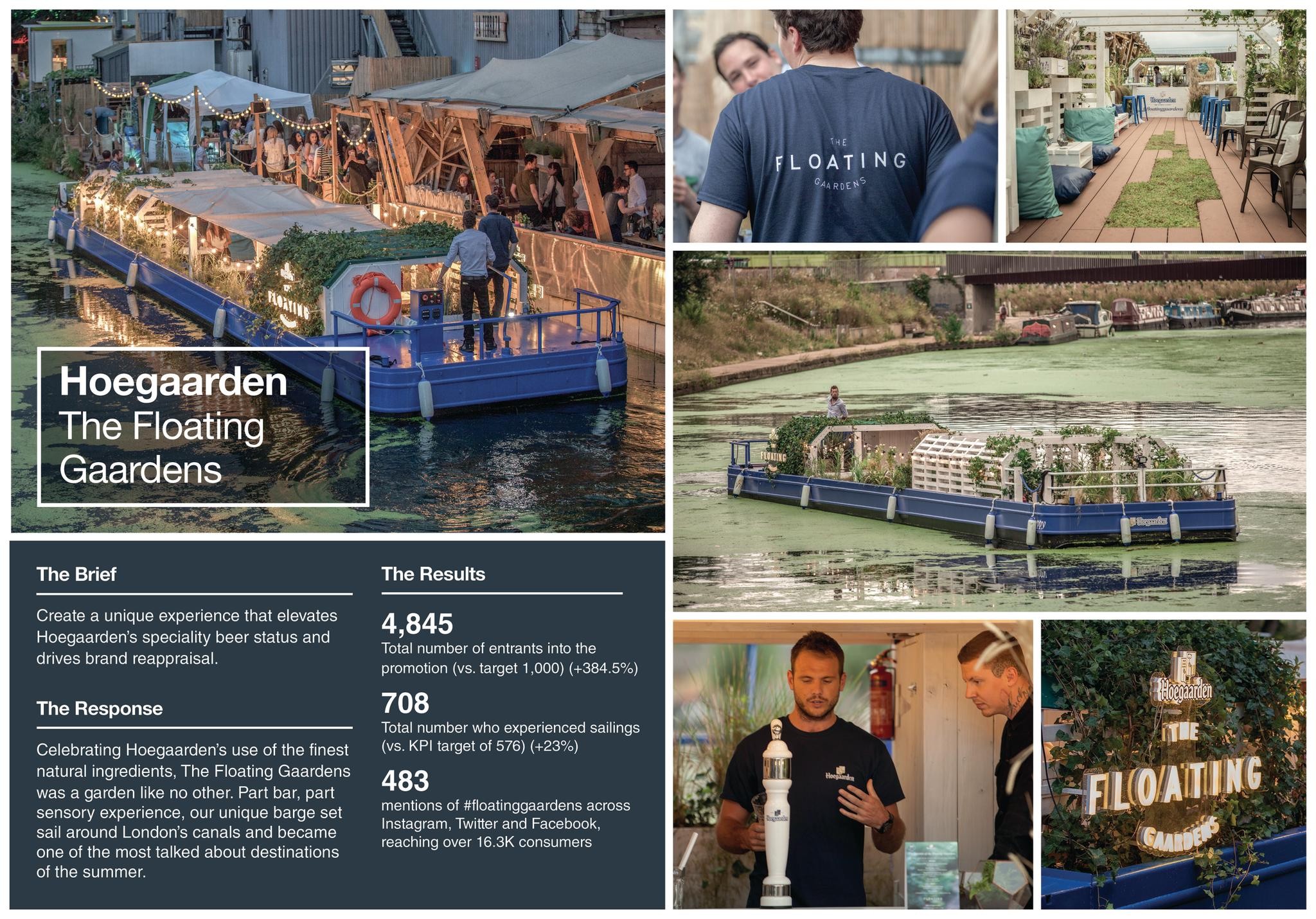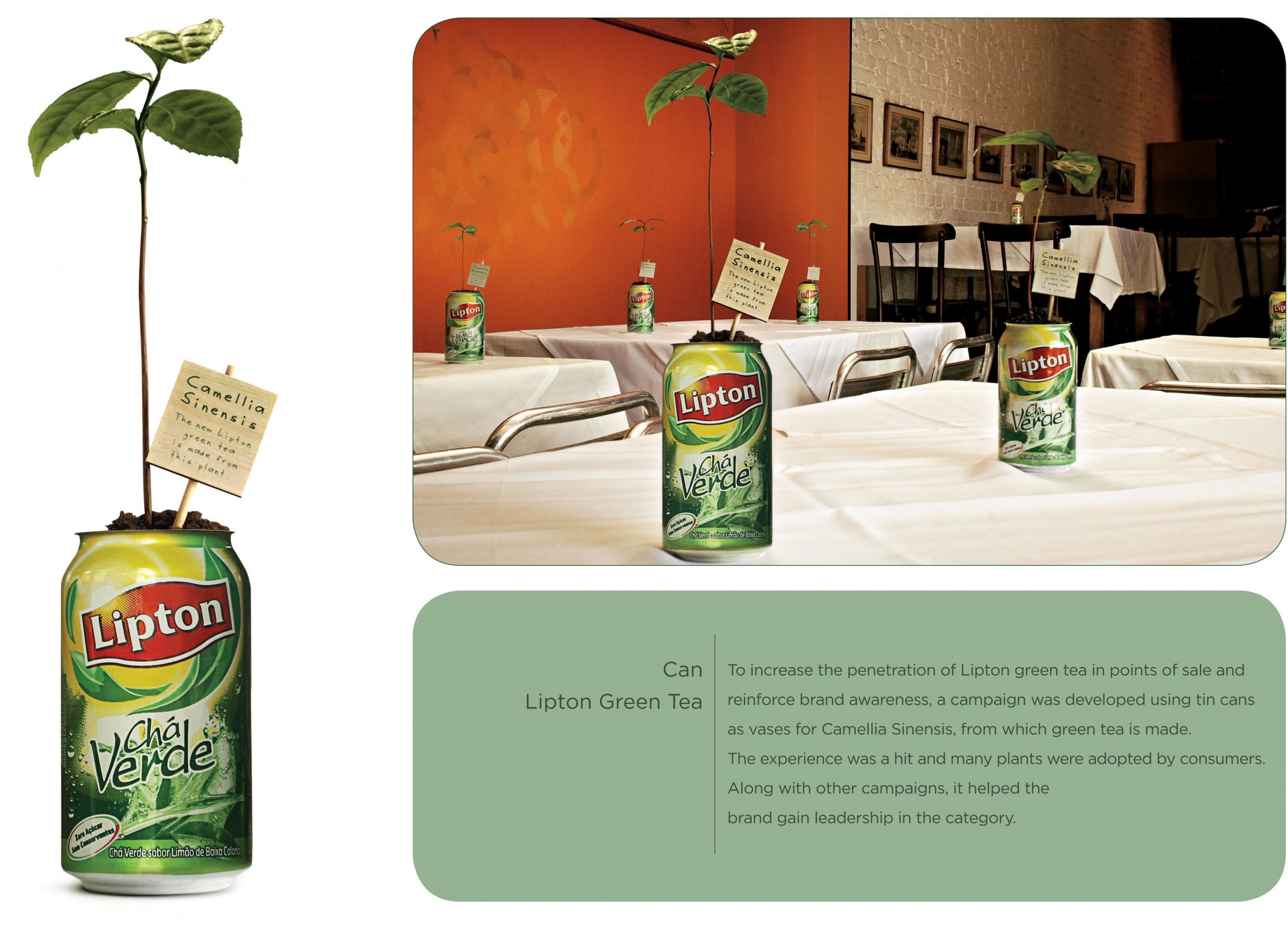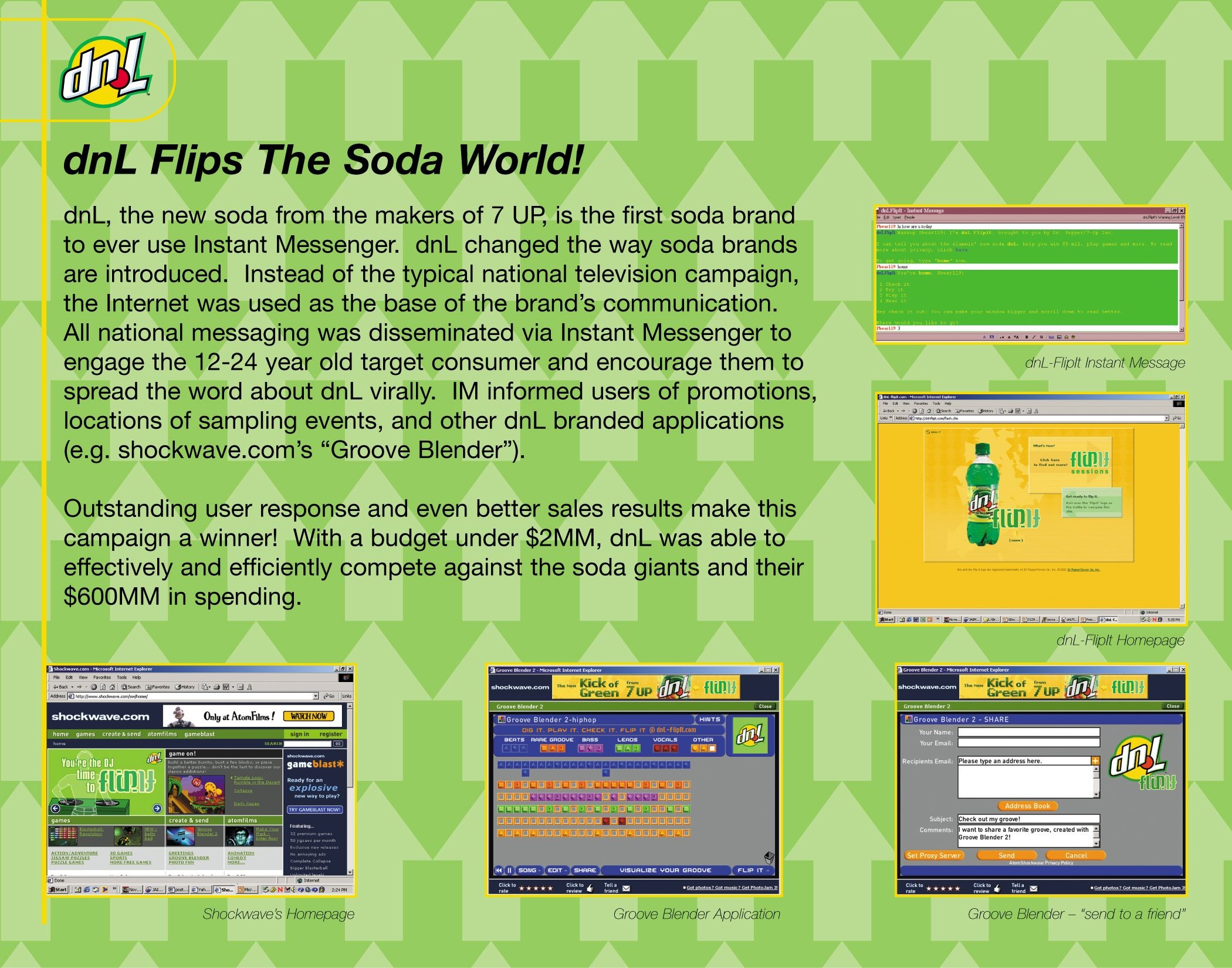Cannes Lions
Lipton Matcha
UNILEVER, London / LIPTON / 2017
Overview
Entries
Credits
OVERVIEW
Description
Data empowered Lipton to not just identify a potential trend, data helped the trend transform into a movement.
To start, Lipton blended search, social and sales data, from May 2013 until September 2015. They identified more than 3 million data points where Matcha stood out as the biggest opportunity. Trendsetters in New York and California had already started the Matcha revolution and it was time to jump on that train. Lipton verified Matcha as a blossoming trend by dipping into their internal statistical modelling tool, Trendwatch, which uses large social data sets as a reliable barometer of consumer interest across geographies. All data sources together clearly identified Matcha as having the potential to be a future bestseller for Lipton in the US market.
Secondly; now that risk was minimized through data deduction, the Global Lipton team empowered a dedicated, local team so long decision journeys could be avoided within the product development phase.
As a last step, they returned to the social data to guide the product development journey, identifying Matcha's benefits and most popular flavour variations. Lipton was able to launch Matcha in a shockingly short 7-months period.
The Matcha category was poised for democratisation and disruption at once.
Execution
Lipton analysed large data-sets from Google, Social Media, news feeds and forums and found a relationship between the increase in search data and social mentions. Matcha popped up on their radar. To clearly separate correlation and causation, Lipton used their bespoke internal tool to identify changes in the number of instances key terms were used in social conversation to reveal trends.
Matcha was chosen based on a quantitative view of consistent growth in search and social mentions over a longer period of time. They also based their recommendation on a qualitative judgment: Matcha was by far the most positively discussed flavour.
The data showed us people could only buy Matcha in the US at Japanese grocery or health stores. Los Angeles - one of the largest Japanese populations outside Japan - had the earliest mentions. The conversation showed Matcha moved quickly from specialty stores to fashion after-parties, catching fire on both U.S. coasts. So, who would like to buy it next? Social data suggested females with middle to higher income and an interest in well-being.
Lipton’s targeting strategy was set and the Matcha tea bubble ready to burst.
Outcome
Lipton was the first brand to bring the niche tea Matcha to the masses. Sir Thomas Lipton, would have been delighted.
Lipton outsmarted the competition by launching the new product after only 7 months of product development. The launch happened in the right place (the future Matcha heartland), at the right time (just before the trend’s tipping point), and with the right people (women who advocated healthy living).
The new approach to NPD exceeded expectations. Within three months Matcha Lipton Tea became the number 1 Matcha product in the U.S. with sales rising from $220k in November to $500k in December 2016. Lipton doubled the size of the entire Matcha category in the U.S. by January 2017. Unsurprisingly, social sentiment around the product was overwhelmingly positive and most importantly, enduring.
“Launching Lipton Matcha Tea revolutionized our approach to product development. Trendwatch helped us minimize risk and empowered our teams, to get ahead of the trend and democratize Matcha so everyone could enjoy it.” Mick Van Ettinger, EVP Beverage, Unilever
Thanks to data, Lipton was able to function more like a start-up, disrupting the market with nimble smart choices all along the way.
Similar Campaigns
12 items








